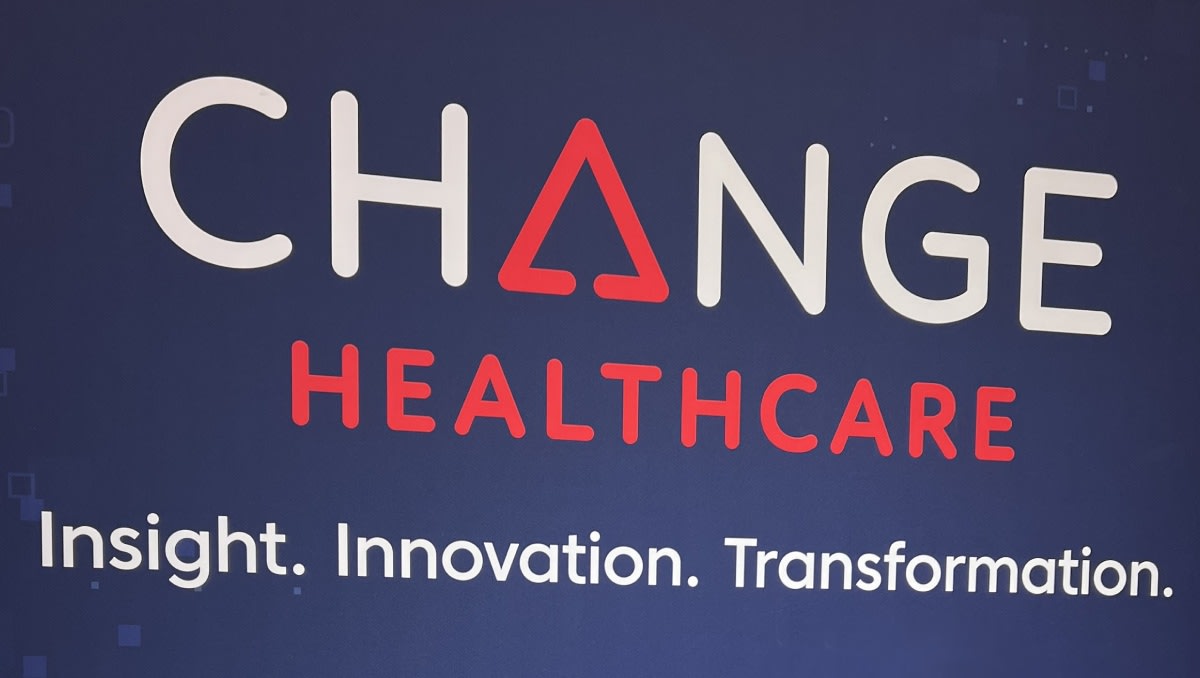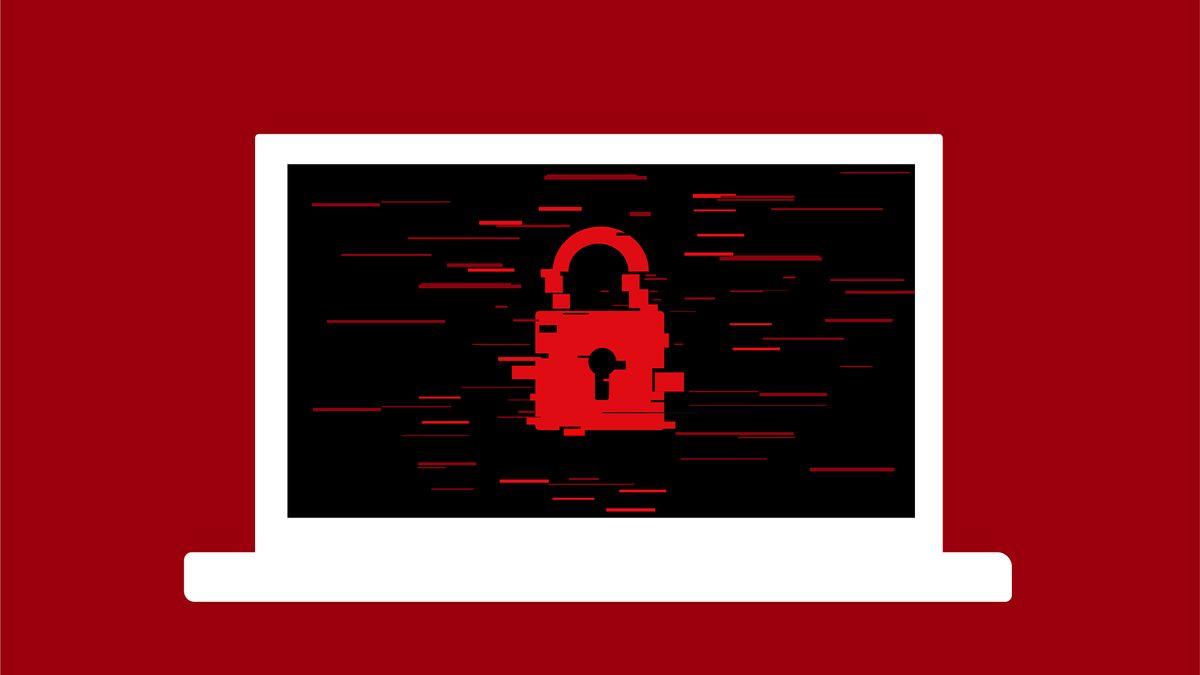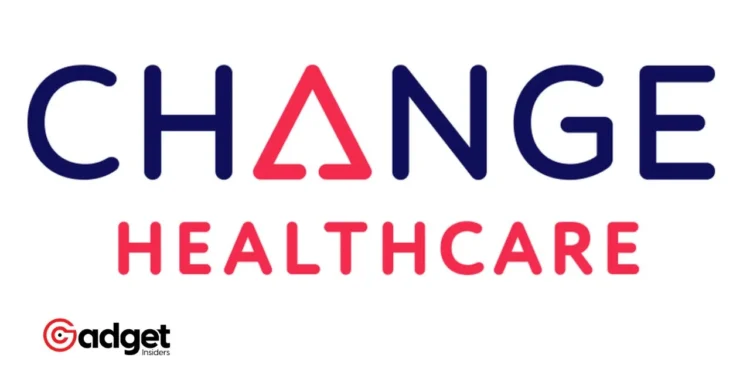In the ever-evolving cyber world, ransomware attacks have become a dark staple, symbolizing the ongoing battle between cybersecurity measures and cyber criminals. One such entity finding itself at the crossroads of this cyber warfare is Change Healthcare.
This healthcare IT company, under the umbrella of UnitedHealth, is grappling with a fresh ransomware dilemma, only weeks after recuperating from an attack by the notorious ALPHV gang.
This article explores the intricate web of cybersecurity challenges faced by Change Healthcare, elucidating the broader implications for the healthcare industry.

Change Healthcare: A Second Ransomware Attack
Recently, a cybercriminal group named RansomHub claimed responsibility for a new attack on Change Healthcare, asserting possession of a staggering 4 terabytes of data.
This data purportedly contains sensitive information, including personally identifiable information (PII) of active US military personnel, along with other critical patient, medical records, and payment information.
RansomHub has issued a stern ultimatum to Change Healthcare: pay the ransom within 12 days, or see the data sold to the highest bidder. They have ominously warned, “Change Healthcare and United Health you have one chance to protect your client’s data.”
Such statements underscore the acute pressure and moral dilemma facing the company—whether to negotiate with cybercriminals or risk public exposure of private data.

A Pattern of Persistent Threats
This isn’t the first time Change Healthcare has been targeted. Earlier in February, the company allegedly succumbed to the demands of ALPHV, paying a reported $22 million ransom—a claim suggested by the monitoring of a known ALPHV crypto wallet.
Yet, despite the hefty payout, the security of their data remains in jeopardy, indicating a possible re-victimization or an internal betrayal within the cybercriminal community. The repeated targeting of Change Healthcare raises critical questions about the effectiveness of ransom payments and the ethics of negotiating with cybercriminals.
The prevailing theory suggests that ALPHV might have conducted an exit scam, betraying its affiliates, which potentially led disgruntled parties to retaliate or rebrand, continuing their extortion schemes under the new guise of RansomHub.
The Register | Change Healthcare faces second ransomware dilemma weeks after ALPHV attack https://t.co/ChyaTiFgzs
— Kimberly (@StopMalvertisin) April 8, 2024
Lessons in Cybersecurity and the Myth of Safe Ransom Payments
The unfortunate reality highlighted by this incident is the fallacy of safety in ransom payments. Security experts consistently warn that paying a ransom does not guarantee the deletion of stolen data; rather, it may inadvertently signal to other cybercriminals that the organization is a lucrative target.
The UK’s National Crime Agency’s dismantling of another ransomware group, LockBit, provided concrete evidence supporting this theory, demonstrating that criminals often retain stolen data despite receiving ransom.
Javvad Malik, lead security awareness advocate at KnowBe4, comments on the situation: “The fact that Change Healthcare was seemingly targeted again, possibly by the same actors under a new alias or affiliates, highlights a significant issue in the ransomware ecosystem – the lack of ‘honor among thieves’.”
The Broader Impact on Healthcare Services
The implications of these cybersecurity breaches extend far beyond the immediate financial losses and operational disruptions. Following the initial ALPHV attack, hospitals and pharmacies experienced severe disruptions, affecting their ability to process prescriptions, payments, and medical claims.
This not only strained the healthcare providers but also compromised patient care, showcasing the far-reaching consequences of cybersecurity failures in healthcare.

Looking Forward: Strengthening Cyber Defenses
As Change Healthcare navigates this turbulent period, the broader healthcare sector must heed these warnings and fortify its cybersecurity frameworks.
The industry is urged to adopt a more vigilant and proactive approach to cyber threats, emphasizing robust data protection standards and comprehensive risk management strategies. The ongoing saga of Change Healthcare serves as a stern reminder of the persistent and evolving nature of cyber threats.
It underscores the critical need for enhanced security measures, continuous vigilance, and a strategic approach to handling cyber incidents, ensuring the protection of sensitive information and maintaining the trust of all stakeholders involved.









